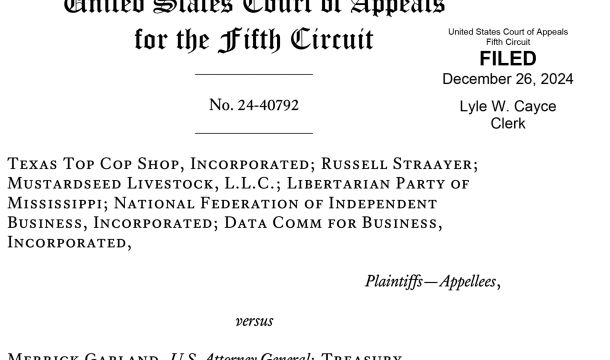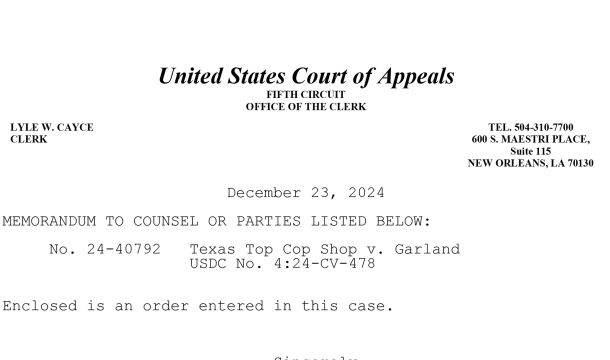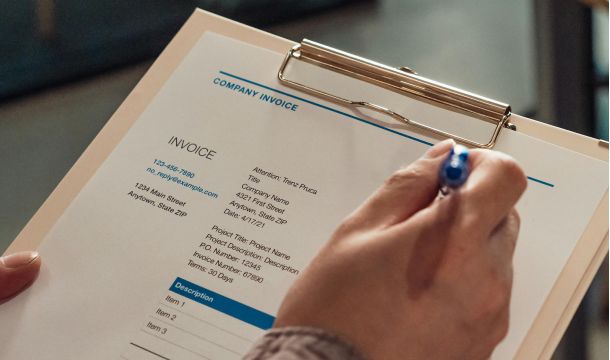The GovCon Bulletin™
SBA Final Rule Clarifies Ostensible Contractor Rule For SBIR And STTR Companies
As we discussed in our last GovCon Bulletin, the Small Business Administration (SBA) recently finalized its overhaul of a significant number of its regulations covering its small business programs. Among the changes it made in a Final Rule issued on April 27, 2023, was a clarification to how the ostensible contractor rule applies to small business contractors seeking awards under the Small Business Innovation Research (SBIR) and Small Business Technology Transfer (STTR) Program.
The SBIR/STTR Program is a program coordinated by the SBA under which small businesses are awarded research contracts or funding agreements by civilian and defense agencies that are aimed at developing technologies with potential for commercialization. The parameters for the SBIR/STTR program are largely addressed in a Policy Directive that is published by the SBA, but there are a handful or so FAR and DFARS regulations that cover data and patent rights under the program. A few additional SBA regulations cover the small business size and eligibility requirements for SBIR and STTR companies, and the SBA’s recent rule changes make an important clarification to one of these regulations.
Ostensible Contractor Rule For SBIR & STTR Companies
The SBA’s regulation at 13 CFR 121.702 sets out the ownership and control and small business size requirements for SBIR and STTR companies. For example an SBIR or STTR awardee must be a business that is more than 50% owned by (i) a U.S. citizen or permanent resident, (ii) a small business that meets this ownership requirement, (iii) an Indian tribe, ANC or NHO, or (iv) any combination of these. In addition, an SBIR company can be a business that is more than 50% owned by certain venture capital companies, hedge funds or private equity funds. Lastly, SBIR and STTR companies can be joint ventures in which each joint venture partner meets the ownership requirements.
As for business size, 13 CFR 121.702 provides that an SBIR or STTR company, together with its affiliates, cannot have more than 500 employees. However, the regulation also states that two or more small businesses can apply for an award as a joint venture as long as each business is small under the size standard for the SBIR/STTR program or the joint venture is comprised of an approved mentor and protégé under SBA's All Small Mentor-Protégé Program.
The SBA’s regulation also specifies how the “ostensible contractor rule” applies to SBIR and STTR companies. Under the regulation, an ostensible subcontractor is a “subcontractor or subgrantee that performs primary and vital requirements of a funding agreement (i.e., those requirements associated with the principal purpose of the funding agreement), or a subcontractor or subgrantee upon which the concern is unusually reliant.”
Explaining the consequences of ostensible contractor rule, the regulation currently states that a business “and its ostensible contractor will be treated as joint venturers, and therefore affiliates, for size determination purposes.” Some considered this language to mean that an ostensible contractor would be deemed affiliated only for purposes of determining whether, individually or collectively, the contractor and subcontractor met the small business size requirement, but not for any other purposes such as the ownership eligibility requirements. Indeed, in a case decided last year - In re Size Appeal of NFRL LLC - when the SBA determined that a small business was ineligible for two SBIR awards because its ostensible contractor did not meet the ownership and control requirements under 13 CFR 121.702, the small business SBIR applicant argued just. The small business claimed it should have received the SBIR awards, notwithstanding a finding of an ostensible subcontractor relationship, because collectively the company and its subcontractor did not exceed 500 employees. The SBA’s Office of Hearing and Appeals rejected this argument and now the SBA’s recent regulation changes make it clear that a small business and its ostensible contractor will be deemed affiliated for all purposes.
Clarified Rule
As amended by the SBA's Final Rule, which becomes effective on May 30, 2023, 13 CFR 121.702 now clarifies that:
A concern and its ostensible subcontractor are treated as joint venturers. As such, they are affiliates for size determination purposes and must meet the ownership and control requirements applicable to joint ventures.
Reminder To SBIR & STTR Companies: Retain Primary Requirements
Apart from clarifying how the ostensible contractor rule applies to SBIR and STTR companies, the SBA’s rule change should also serve as a reminder to SBIR and STTR companies to be mindful of the kind of relationship that triggers the rule in the first place. SBIR and STTR research efforts often involve or require collaborative contributions from multiple parties. The SBA’s Policy Directive sets forth minimum performance of work requirements that must be met by an SBIR or STTR awardee. For example, for an SBIR Phase I award, the awardee must perform at least two-thirds of the research or analytical effort, and for a Phase II award, it must perform at least one-half of the research or analytical effort. However, a small business that proposes to meet these minimum performance of work requirements may still be deemed to be affiliated with its subcontractor if it does not also retain the vital and primary requirements that are the focus of the SBIR or STTR research effort. Small businesses, therefore, should make sure not only that the amount of their work meets the performance of work requirements but also that the focus of their work is aligned with the SBIR or STTR funding agreement and the primary requirements under the SBIR or STTR topics that the agreements are written for.



